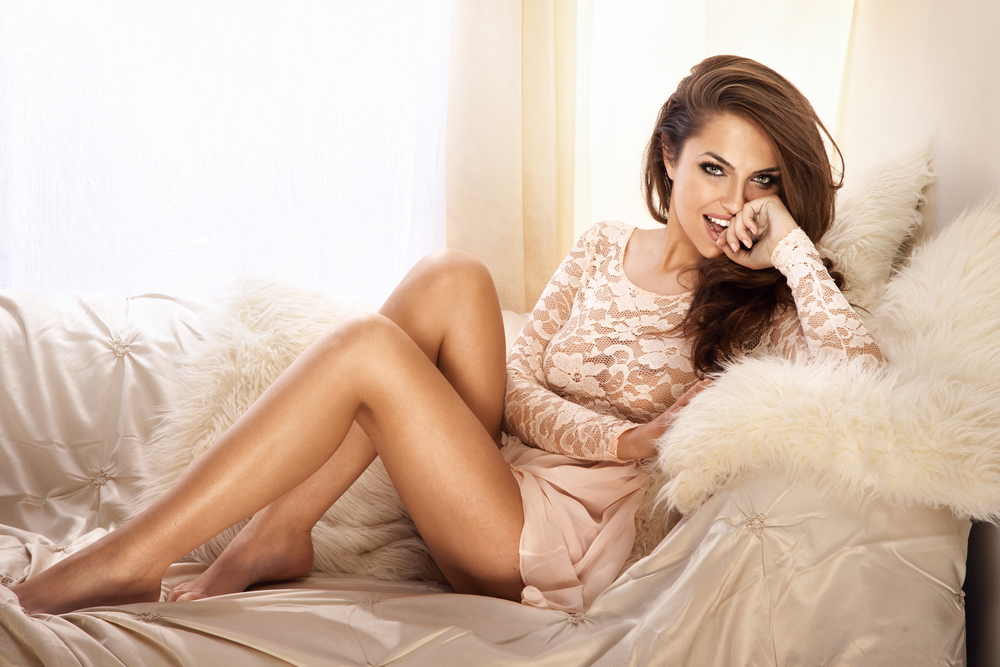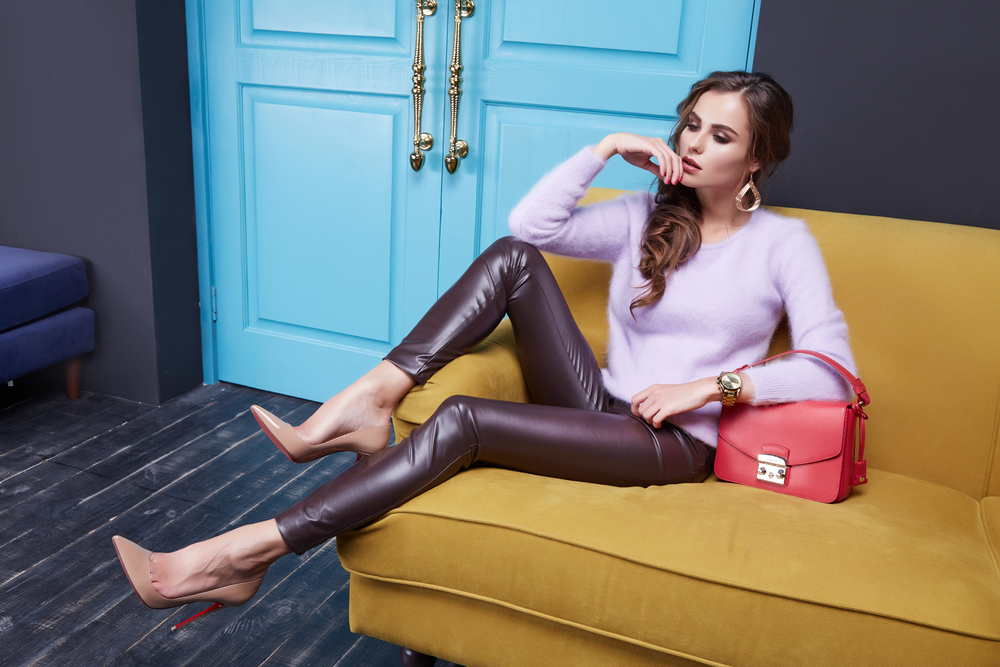
The World of Modeling Exposed: Unveiling the Challenges and Triumphs of the Fashion Industry in Photoshoots

The glamorous world of modelling often appears to be a dream come true, with beautiful people gracing the covers of magazines, walking runways, and starring in high-profile advertising campaigns. However, behind the scenes lies a world filled with both challenges and triumphs. In this article, we uncover the realities of the fashion industry and the trials and tribulations models face during photoshoots.
The Pressure to Be Perfect
In the fashion industry, the demand for perfection is ever-present. Models are expected to possess flawless skin, impeccable figures, and a unique look that sets them apart. This pressure to conform to societal beauty standards can take a toll on their mental health and self-esteem. Many models resort to extreme diets and exercise regimes to maintain their appearance, leading to potential health risks.
The Competitive Nature of the Industry
The modeling industry is fiercely competitive. With thousands of aspiring models vying for limited job opportunities, the competition can be cutthroat. Models face rejection on a daily basis, attending countless casting calls only to be turned away. This constant rejection can challenge their sense of self-worth and test their determination to succeed.
The Grueling Schedule
Contrary to popular belief, the life of a professional model is not all glitz and glamour. Models often endure long hours on set, enduring physically demanding poses, uncomfortable clothing, and extreme weather conditions. They may be required to travel frequently, leaving behind their families and friends for extended periods of time. Models must adapt to varying time zones, endure jet lag, and maintain their physical and mental well-being on the go.
The Ethical Considerations
The fashion industry has been criticized for promoting unrealistic beauty standards, lack of diversity, and exploitative practices. Models have spoken out against instances of body shaming, discrimination, and harassment. It is essential to address these ethical issues and work towards a more inclusive and supportive industry that celebrates diversity in all its forms.
The Triumphs of Breaking Stereotypes
Despite the challenges, the modeling industry has witnessed significant positive changes in recent years. Model diversity is now being celebrated, with a broader range of body types, ethnicities, and ages being represented on the runways and in advertisements. This gradual shift towards inclusivity not only challenges stereotypes but also empowers individuals who may have previously felt excluded from the industry. Inclusivity is not just a trend but a necessary step towards creating a more accepting and representative industry overall.
Frequently Asked Questions
1. How can I become a model?
Becoming a model requires dedication, perseverance, and a strong portfolio. Start by researching reputable agencies and submitting your photos. Attend open calls and build relationships with industry professionals. Remember, rejection is common, so don't give up on your dreams.
2. Are there age restrictions for modeling?
There is no strict age limit for modeling. While the majority of models start their careers in their late teens or early twenties, there are opportunities for models of all ages. Different sectors of the industry focus on different age groups, from child modeling to mature models.
3. How much do models get paid?
Modeling salaries vary greatly depending on factors such as experience, the type of work, and the client. Established models can earn substantial sums for high-profile campaigns, while beginner models may initially work on a trade-for-print agreement or receive a modest fee. It is essential to research industry standards and negotiate fair payment for your services.
4. Do you have to be a certain size to be a model?
The industry's emphasis on body positivity and inclusivity has led to a more diverse range of body types being represented. While certain sectors still prioritize specific body measurements, there's an increasing demand for models of various sizes, from plus-size to petite. Embrace your natural body type and focus on finding opportunities that appreciate your uniqueness.
5. What challenges do models face during photoshoots?
Models face numerous challenges during photoshoots, including uncomfortable poses, extreme weather conditions, and long hours on set. They may also encounter difficult or demanding photographers, wardrobe malfunctions, and the need to constantly adapt to different concepts and environments. However, the satisfaction of successfully capturing the desired images and the joy of seeing the final product makes it all worthwhile.
In conclusion, the world of modeling may appear glamorous from the outside, but it is filled with challenges that demand resilience, determination, and a strong sense of self. Models face a multitude of trials, from the pressure to be perfect to a highly competitive industry. Nevertheless, the industry is gradually moving towards inclusivity, diversity, and ethical practices. Aspiring models should prepare themselves for the obstacles they may encounter while embracing the potential triumphs that come with breaking stereotypes and making a mark in this ever-evolving industry.
Other useful resources
- https://en.wikipedia.org/wiki/Category:Models_by_modeling_agency
- https://www.planetmodelphoto.com
- https://www.planetmodelphoto.com/models/modeling/usa/charlotte/nc-north-carolina